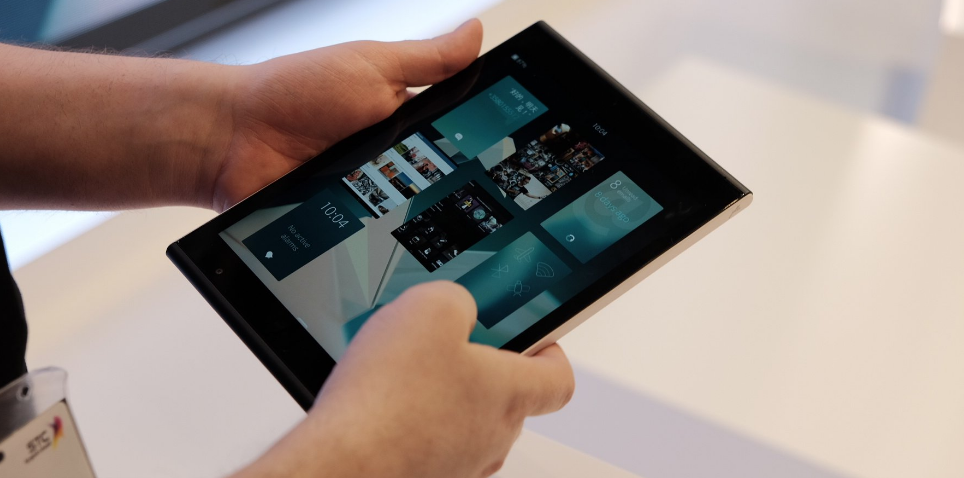
Temperature tablets are used in
What Cost For Security Or Health Concerns?
At Seeflection.com we have long been aware of how invasive our digital tech has become and how much worse it might become. Having all of our information online, right down to our blood type is a pretty big risk for average computer-using folks. And now with cameras everywhere it’s nearly impossible to stay anonymous anywhere in the world.
Today we feature a story from one zero.com.medium of what appeared to be an innocent run-in with facial recognition tech. Then with a little digging, the author Thomas Smith found some disturbing details. Smith writes:
“In late February, I went to an office building in San Ramon, California. I used to work there, before the pandemic and needed to pick up some mail. Due to a standing Covid-19 public health order in the Bay Area, the building’s management had implemented mandatory mask and temperature checks at the entrance, so I expected to be scanned and evaluated.
I didn’t expect that the scan would be performed by a machine—or that consenting to a scan might enter me into a facial recognition database, which could later be used to monitor my health status and track my every movement.”
As of late 2020, the building had stationed a staff member at the door with a handheld infrared thermometer and a roll of “Check Passed” stickers, according to Smith. The staffer checked for masks and offered better ones if they were inadequate. Then she’d take the visitor’s temperature with a non-contact thermometer. Now the building uses a PAR-P2TEMPTABLET temperature-scanning tablet (or Temp Tablet), made by surveillance company InVidTech. Visitors are expected to do their own temperature checks.
Why does a Covid-19 temp tablet need high-grade facial recognition?
“The tablet looked like an iPad with a glowing red sensor placed just above the screen. It displayed the rough outline of a human face and a live camera feed of the hallway. A message on the tablet instructed me to step up to it and center my face within the outline. When I didn’t do this properly, the tablet scolded me in a friendly but assertive female voice. On my second try, I successfully centered my face. A ‘temp zone’ bubble appeared on my forehead. After a few seconds, my body temperature of 97.7 appeared on the screen, highlighted in green, and the voice announced, ‘Temperature is normal.’ A nearby sign said that after my check, I could take a sticker and enter the building.”
Smith began wondering what would have happened if he had failed the test. Quite a lot, it turns out.
“InVidTech bills the tablet as an ‘HD temperature measurement and face recognition terminal.’ That’s because the tablet integrates both an infrared temperature measurement system and a ‘highly accurate face recognition’ system that uses ‘deep learning algorithm[s].’ “
Not what the author bargained for when he was just going in to pick up some mail.
Why would a Covid-19 temperature-scanning tablet need high-grade facial recognition capabilities? A demo video from InVidTech provides some potential answers. The Temp Tablet includes a network interface that can be networked into the company’s broader surveillance systems, which include a variety of networked cameras, as well as cloud-based software and mobile apps. These systems could allow the tablet to share its output — including face data — with the company’s powerful facial recognition platform. Even without networking, elements of the system’s capabilities appear to be embedded in the tablet itself, like the ability to interface with access control devices. (InVidTech did not immediately respond to a request for comment.)
Here Is Where It Gets Scary
Because the Temp Tablet is probably integrated with InVidTech’s other systems—including its Central Management Software—it almost saved his face into the system’s database. His body temperature would have been sent to the building’s management if it was too high. It’s possible that also would have been saved in the system’s database.
“If I tried to enter the facility, security could then track my movements from that face record (assuming the facility uses other InVidTech cameras) and either apprehend me or gather evidence about my activities to use against me later.”
Along with police abusing facial recognition by not following guidelines, Smith fears that corporations could abuse this technology and use it without consent.
read more at onezero.medium.com

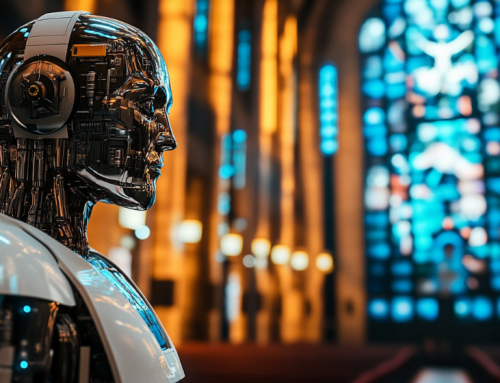
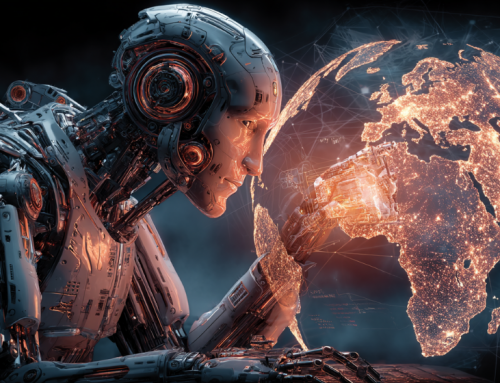
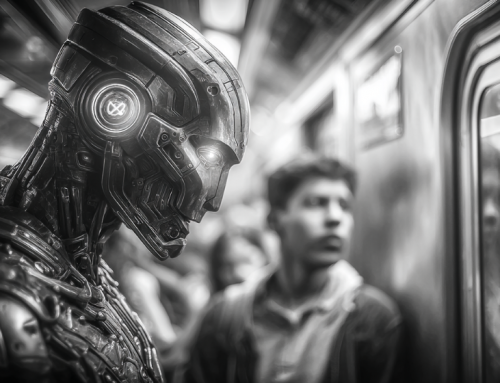

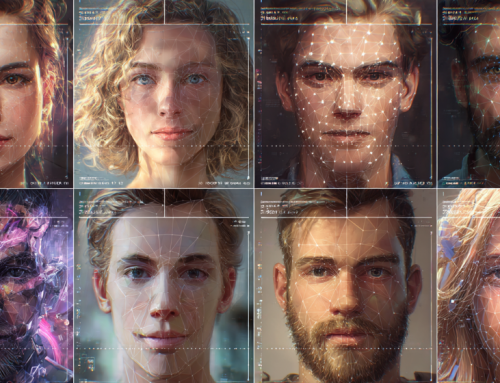

Leave A Comment